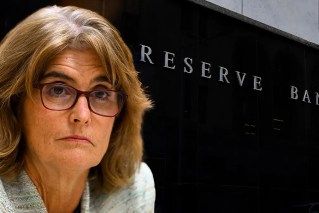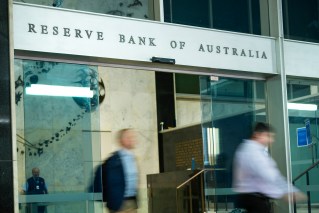Despite pandemic pressures, Australia on cusp of new housing boom


Analysts predicted prices could have fallen by 30 per cent in the pandemic. But now, some are singing a different tune. Photo: TND
Australia is on the verge of another housing boom after a series of major policy changes.
In an attempt to stimulate the economy, Treasurer Josh Frydenberg said in September that he wants to scrap responsible lending laws to make it easier for consumers and small business owners to get a loan from the bank.
Then, last week, Reserve Bank governor Philip Lowe said the central bank would start basing its decision-making on actual rather than forecast inflation.
That sounds like a negligible change. But it means interest rates will stay lower for longer, which will push up prices by enabling buyers to borrow more cash.
Widening gap between the haves and have-nots
SQM Research founder Louis Christopher said the RBA’s policy rethink would keep house prices “artificially high and effectively overvalued”.
And recent data appears to back him up.
In September, prices in every capital city except Melbourne and Sydney rose between 0.2 and 1.6 per cent, according to CoreLogic.
A range of government support measures have encouraged buyers to rush into the market at record pace.
And the return of open-air auctions in the Victorian capital has sparked a lift in activity – with Mr Christopher tipping more auctions to take place this weekend (550) than at any point since late July.
Tweet from @LouiChristopher
But he said a sharp rise in prices would come at a terrible cost.
“If we are keeping housing prices artificially high and overvalued, we will see the gap between rich and poor widen,” he said.
“It’s the haves versus the have nots and housing will continue to be unaffordable for low to middle-income earners, particularly in east coast capital cities.”
Prices will rise most in smaller capitals
Mr Christopher said Perth in particular had the potential to boom in 2021 – after a six-year stretch of falling prices.
And Charter Keck Cramer director of research Angie Zigomanis agreed that smaller capitals were more likely to boom once the economy had moved beyond the end of mortgage deferrals in March.
He told The New Daily prices in these cities could rise by up to 20 per cent – not only because of government support measures and the proposed lending reforms, but also because of the cities’ success in containing COVID-19 and their reduced exposure to weak migration.
“There are some offsetting factors, but [the housing] policies have positive effects, which is one of the reasons why APRA and the government have been cheerleading them, because they see downsides in the market and they’re trying to ameliorate that,” Mr Zigomanis said.
But encouraging first-home buyers to speed up their purchases could cause problems down the track.
“The more households extend themselves, the more they’re wedded to paying off a mortgage, so the medium-to-long-term impact once interest rates start to rise is they have less money to spend on items that keep the economy going,” Mr Zigomanis said.
Tweet from @DrCameronMurray
Economist Cameron Murray, who is a post-doctoral fellow in the Henry Halloran Trust at the University of Sydney, told The New Daily the federal government and the RBA have been “rather explicit” in “trying to create a housing bubble”.
With interest rates at historic lows, additional cuts would largely have an “asset price effect” with few “real economic effects” compared to when rates are at higher levels,” he said.
Dr Murray recently argued that “rentierisation” – using housing for capital gains and retrieving rent – had widened the gap between prices and wages growth, prompting home ownership rates to fall for the first time since World War Two.
And that trend could continue in the non-major markets.
“[The RBA] has created the conditions for areas outside (Melbourne and Sydney) to catch up and let their prices adjust until gross rental yields fall in line with borrowing rates,” Dr Murray said.
However, he noted that boosting prices through increased household debt adds more fragility into a risk-heavy market.
“I see in the long term after this recovery period a fair amount of risk – we’re at the end of the circular boom, the 50 year trend, just because of the demographic cycle and distribution of ownership,” Dr Murray said.
“This upswing won’t last indefinitely and the next downturn will be the first with a big demographic change as downsizing and dying baby boomers sell and want to cash in their homes to give to their kids.
“The question is, how much of the youth in six years’ time is going to be in a position to purchase that?”
Got a tip? Contact the reporter at [email protected]








